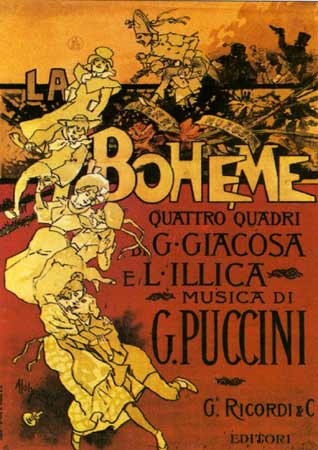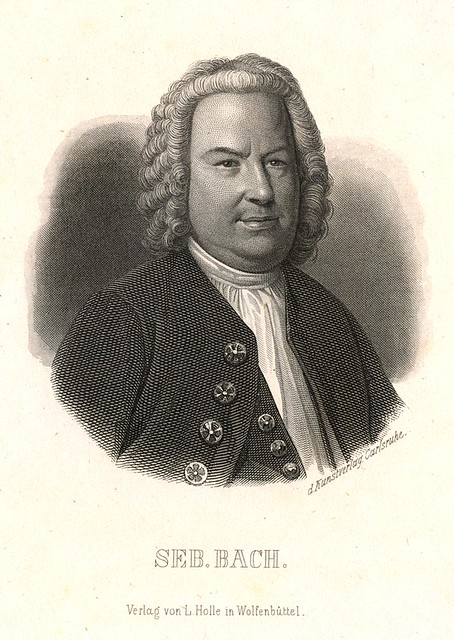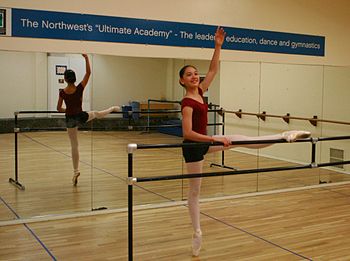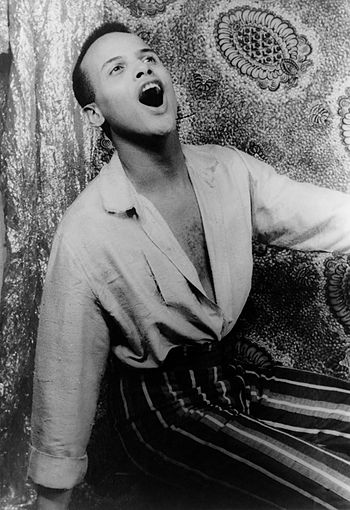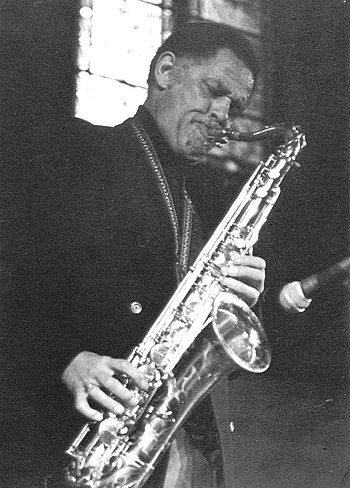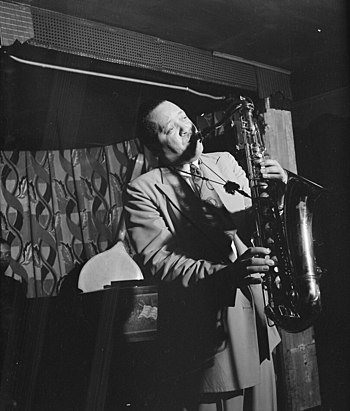 |
| Portrait of Lester Young, Famous Door, New York, N.Y. (Photo credit: Wikipedia) |
Although throughout the history of jazz there has been a large number of incredibly talented saxophone players, it is a well-accepted fact among jazz scholars that three of the most important to the evolution of jazz saxophone were Coleman Hawkins, Lester Young and Charlie Parker, in that order.
Lester Young bridged the gap between the early jazz improvisations of Coleman Hawkins and Charlie Parker and the bebop revolution. Coleman Hawkins was considered the King of the tenor saxophone players during the early Swing era with his big tone and mastery of chordal improvisation. Lester Young arrived on the jazz scene with a totally new approach.
Mr. Cool
Lester Young rose to prominence out of Kansas City, during its musical boom years, while playing in the Count Basie big band. His tone was very relaxed and soft sounding, and he played in a very lyrical fashion with phrasing that was unorthodox at the time. His approach to improvisation was linear - he would play across the bar lines melodically instead of playing up and down the chords like Hawkins tended to do.
Pres
Lester Young became known as Pres which was a nickname given to him by jazz singer Billie Holiday. According to Holiday, "I always felt he was the greatest, so his name had to be the greatest. The greatest man around then was Franklin D. Roosevelt, and he was the President. So I started calling Lester the President. It got shortened to Prez."
Post-War Blues
Much has been written about the level of Young's playing after his unwilling one year stint in the U.S. Army. He had a tough time with the white authority figures and was then court-martialed for possession of marijuana. He was dishonorably discharged after spending one year in the brink.
Because this was such a disillusioning experience for Prez he became more withdrawn and sullen after his military service, and many critics believe this had a negative impact on his playing.
However, one exemplary recording from 1946 shows him in fine form. He recorded The Lester Young Trio with Nat King Cole on piano and Buddy Rich on drums. A 1950 Downbeat magazine review of four of the cuts says, "Four magnificent sides...with Lester most often at his fluent best."
The Pres Leaves Office
Lester Young continued to perform and record throughout the 1950s with guest appearances with the Count Basie Band and at the Newport Jazz Festival. His increasing dependence on alcohol led to declining health and to his death in 1959. 50 plus years later he is still considered to be one of the giants of the jazz tenor saxophone.
Joel Krett currently plays tenor saxophone and harmonica with The Subway Show Band out of Morgantown, WV. and is an avid jazz fan. Article Source: EzineArticles |



